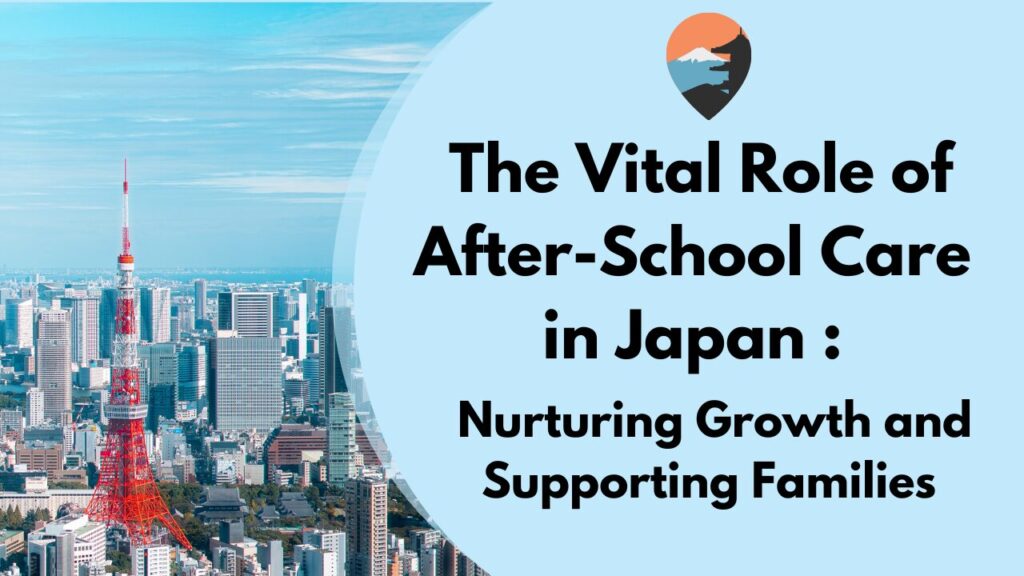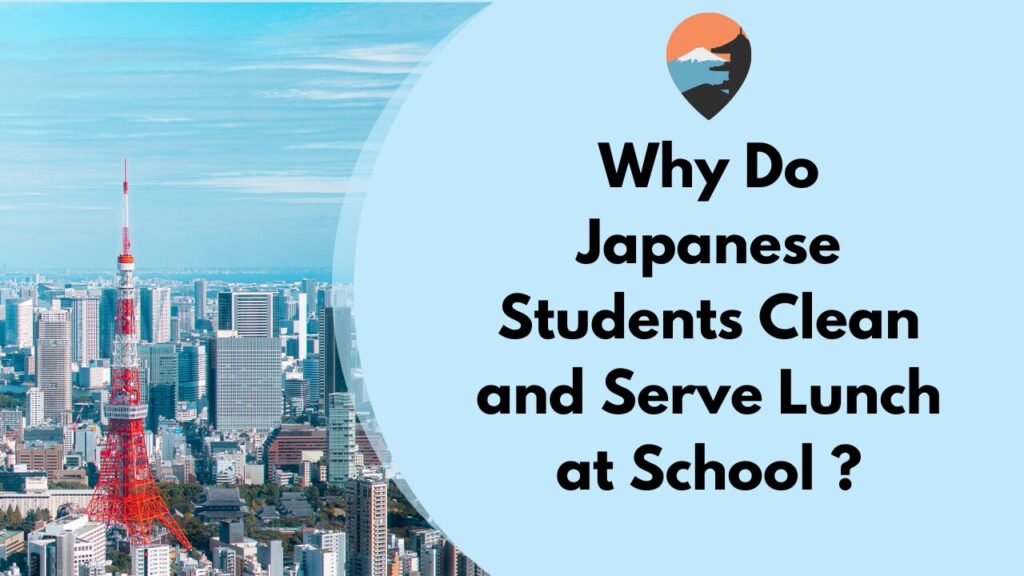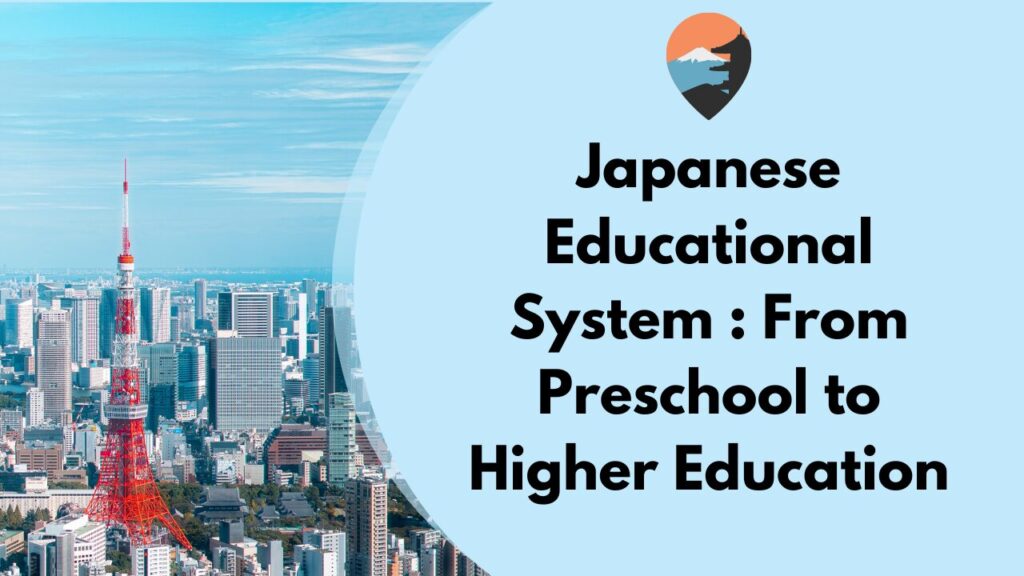Ever wondered how working families manage the delicate balance between career demands and their children’s needs? Enter after-school childcare – a lifeline for Japanese parents and children. These invaluable services, known as after-school clubs or children’s clubs, step in after the final school bell rings, providing a nurturing environment for children to learn, play, and grow. Join us as we discover the role, types, and transformative potential of after-school childcare in Japan.
What is after-school childcare?

After-school childcare is a service that takes care of elementary school students after school and during vacations in place of their parents, providing them with a place to play and live. Students mainly spend time with staff members doing homework, playing, and sometimes eating. It is provided at public or private facilities and is sometimes called a school-age club or an after-school children’s club. After-school childcare provides a safe place for children to spend time and helps them develop their learning and social skills.
In Japan, a record 1,519,952 children are enrolled in after-school care programs as of May 2024. (104% increase over the previous year: 1,457,384 in 2023). Despite the increase in available slots, there are still 17,686 children on waiting lists. Especially in the upper grades (grades 4 to 6), the number of children on the waiting list has increased by approximately 1,200 since 2023. This indicates a growing demand for long-term access to after-school care programs beyond the lower grades.
Role of After-school Childcare

After-school childcare services play a variety of roles for children. Firstly, it provides a learning environment where children can do homework and play with staff members. It also contributes to the development of children’s social and communication skills. Furthermore, they are an important place for families with two working parents to leave their children, and they also play a role in supporting the working lives of parents. In particular, they are helping to solve “the issues that arise when children enter the first grade of elementary school”.
What are “issues when a child enters the first grade of elementary school” ?
This is when working couples are compelled to quit their jobs or alter their working styles because they do not have a place to leave their children when they reach the first grade of elementary school. Schools do not offer extended care similar to kindergartens and daycare centers. Furthermore, in the early grades, children often leave school early on many days. For such working families, “after-school children’s classes” and “after-school care for children” will serve as substitutes for the extended daycare services that are currently available.
Types of After-school Childcare

Let’s discuss the three main types of after-school care for children :
Government after-school childcare (After-school children’s clubs)
There are two types of public after-school childcare facilities : the first is “publicly operated” facilities run by the local government, and the second is “publicly operated” facilities that the local government establishes and then outsources to NPOs or private companies for operation.
Private After-School Care
Private after-school care is a facility established by a private company. Unlike public after-school childcare, these facilities are often located outside of schools. Staff members are available to take children to and from school, and some facilities also offer English language classes and tutoring. Some facilities may be in high demand, as children can attend lessons and receive childcare services at the same time.
After-School Children’s Classroom
After-school children’s classes are one of the childcare services under the jurisdiction of the Ministry of Education, Culture, Sports, Science and Technology. It is intended for all children to engage in learning, sports, cultural and artistic activities, and exchange with local residents. The school uses the premises of an elementary school, and employees are often local collaborators or other people who look after the children as instructors.

| Type | Location | Staff | Hours of
Operation |
Fees | Activities |
| Government After-School Childcare | Children’s centers or schools | Qualified childcare workers | Weekdays: 14:00-18:30
Weekends/ Vacations : 8:00-18:30 |
4,000-8,000 yen/month | Reading, drawing, physical play, homework help |
| Private After-School Care | Outside of schools | Private company staff | Varies
(e.g., 8:30-19:00, 14:00-20:00) |
30,000-80,000 yen/month | English, music, special events, meals |
| After-School Children’s Classes | Elementary schools | Local collaborators/
instructors |
2-3 hours after
school ends |
Free | Traditional games, abacus, study guidance, sports, community interaction |
Source: Data from the Ministry of Health, Labor and Welfare
To Decrease The Number Of Children Awaiting After-school Care
The issue of children on waiting lists is one of the challenges that parents face. Children on waiting lists are those children who wish to attend after-school care but are not able to due to reasons such as capacity limitations.
The Agency for Children and Families reported an increase in the number of children on waiting lists for after-school care, rising by 1,410 from the previous year to 17,686 in fiscal year 2024. This marks the second consecutive year of increase. The number of registered children also reached a new high of 1,519,952. Despite the government’s efforts under the “New After-School Children’s Comprehensive Plan,” the challenge of accommodating all children remains significant, prompting further initiatives in the “Children’s Future Strategy” to establish more facilities and reduce waiting lists.
Improved working conditions for childcare workers

Improving the working conditions of childcare workers is another important factor for after-school childcare. The Ministry of Health, Labor and Welfare is working to secure human resources for child care workers, support their continued employment, and improve their work environment. It is required to create an environment in which childcare workers can work in a rewarding manner by reducing their workload, improving the efficiency of labor management, and reviewing the way they work.
Recently, an increasing number of preschools have introduced ICT systems that utilize tablets and PCs specialized for labor management. The system can manage information on children, staff work status, and parental notification functions all at once, and since it is easy for staff members to share information with each other, it is expected to improve work efficiency. The system allows you to check working hours, overtime hours, the number of staff assigned and work balance, which will help reduce overtime hours.
Furthermore, these systems can assist in tracking professional development and training for childcare workers, ensuring they receive appropriate support and opportunities for advancement. Implementing automated scheduling can also alleviate the burden of managing shifts manually, allowing more time for direct child interaction and care. Additionally, by utilizing digital tools for administrative tasks, staff can focus more on creating engaging and educational activities for children, enhancing the overall quality of after-school programs. Improved communication channels through these systems can also foster better relationships between staff, parents, and the community, leading to a more cohesive and supportive child care environment.
Summary
After-school childcare is an important facility that supports working families and children’s growth. It provides a safe place for children to spend time and helps them develop their learning and social skills. There are different types of after-school care facilities, such as public after-school care, private after-school care, and after-school children’s classes, each with different features and service content. Eliminating the problem of children on waiting lists and improving the working conditions of childcare workers are essential issues for the development of after-school care for children. Let us hope that the healthy growth of children and support for dual-earner families will be promoted through the development of after-school childcare services and support for childcare workers.
For those who want to know more about Japanese education
Shin Edupower provides programs that enable online exchange and collaboration between schools in India and Japan, as well as study tours to Japan for educators and students. If you would like to know more about education in Japan, please feel free to contact us here.



